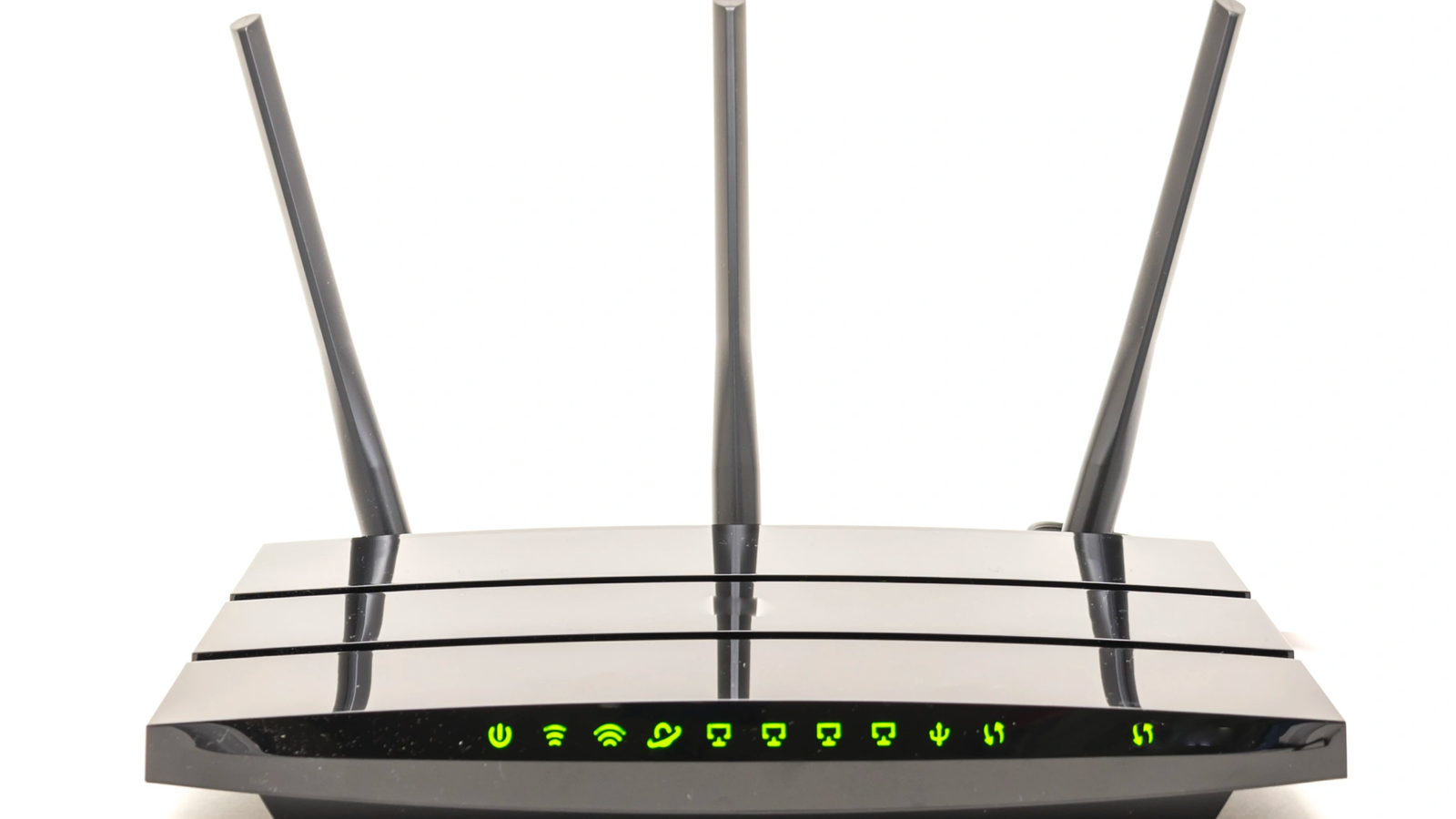Choosing the right broadband model can significantly impact costs, performance, and customer satisfaction. Two primary options dominate the market: CPE (Customer Premises Equipment) leasing and customer-owned models. Each has distinct advantages and drawbacks, making it essential for ISPs (Internet Service Providers) and end-users to weigh their options carefully.
In this article, we’ll break down the differences between CPE leasing and customer-owned broadband models, examining cost implications, flexibility, maintenance, and long-term value. By the end, you’ll have a clear understanding of which model aligns best with your needs—whether you’re an ISP or a broadband subscriber.
Understanding CPE Leasing and Customer-Owned Models
What is CPE Leasing?
CPE leasing involves Internet Service Providers (ISPs) renting out necessary networking equipment—such as modems, routers, or ONTs (Optical Network Terminals)—to customers for a monthly fee. The ISP remains responsible for installation, maintenance, and upgrades, ensuring seamless connectivity.
What is a Customer-Owned Model?
In a customer-owned setup, subscribers purchase their own compatible networking equipment outright. This eliminates recurring leasing fees but places the responsibility of setup, troubleshooting, and replacements on the customer.
Key Differences: CPE Leasing vs. Customer-Owned Broadband
To determine the best fit, let’s compare both models across critical factors:
1. Upfront and Long-Term Costs
- CPE Leasing: Lower initial cost (no large upfront payment) but higher long-term expenses due to monthly fees.
- Customer-Owned: Higher initial investment (buying equipment) but no recurring fees, leading to savings over time.
Verdict: If you plan to stay with an ISP long-term, owning equipment is cheaper. For short-term users, leasing may be more economical.
2. Equipment Maintenance & Support
- CPE Leasing: ISPs handle repairs, replacements, and firmware updates, reducing customer hassle.
- Customer-Owned: Users must troubleshoot issues themselves or pay for third-party support.
Verdict: Leasing is ideal for non-tech-savvy users who prefer hands-off maintenance.
3. Flexibility & Upgrades
- CPE Leasing: ISPs automatically upgrade devices to newer models, ensuring optimal performance.
- Customer-Owned: Users must manually upgrade hardware, which can be costly and time-consuming.
Verdict: Leasing offers better future-proofing for tech advancements.
4. Compatibility & ISP Restrictions
- CPE Leasing: Guaranteed compatibility since ISPs provide approved devices.
- Customer-Owned: Users must ensure their equipment meets ISP specifications, which can be restrictive.
Verdict: Leasing eliminates compatibility concerns, while ownership requires research.
5. Privacy & Control
- CPE Leasing: Some ISPs may monitor network activity via leased devices.
- Customer-Owned: Full control over security settings and data privacy.
Verdict: Privacy-conscious users may prefer owning their equipment.
Which Model is Right for You?
When to Choose CPE Leasing:
✔ You prefer hassle-free maintenance and support.
✔ You want automatic upgrades without extra costs.
✔ You’re not planning long-term broadband usage.
When to Choose a Customer-Owned Model:
✔ You want to save money over time.
✔ You’re tech-savvy and comfortable managing your own equipment.
✔ You prioritize privacy and network control.
Final Thoughts
Both CPE leasing and customer-owned broadband models have their merits. Leasing offers convenience and support, while ownership provides cost savings and greater control. Assess your budget, technical expertise, and long-term needs before deciding.
For ISPs, offering both options can cater to diverse customer preferences, enhancing satisfaction and retention. For consumers, understanding these models ensures an informed choice that aligns with personal and financial priorities.
